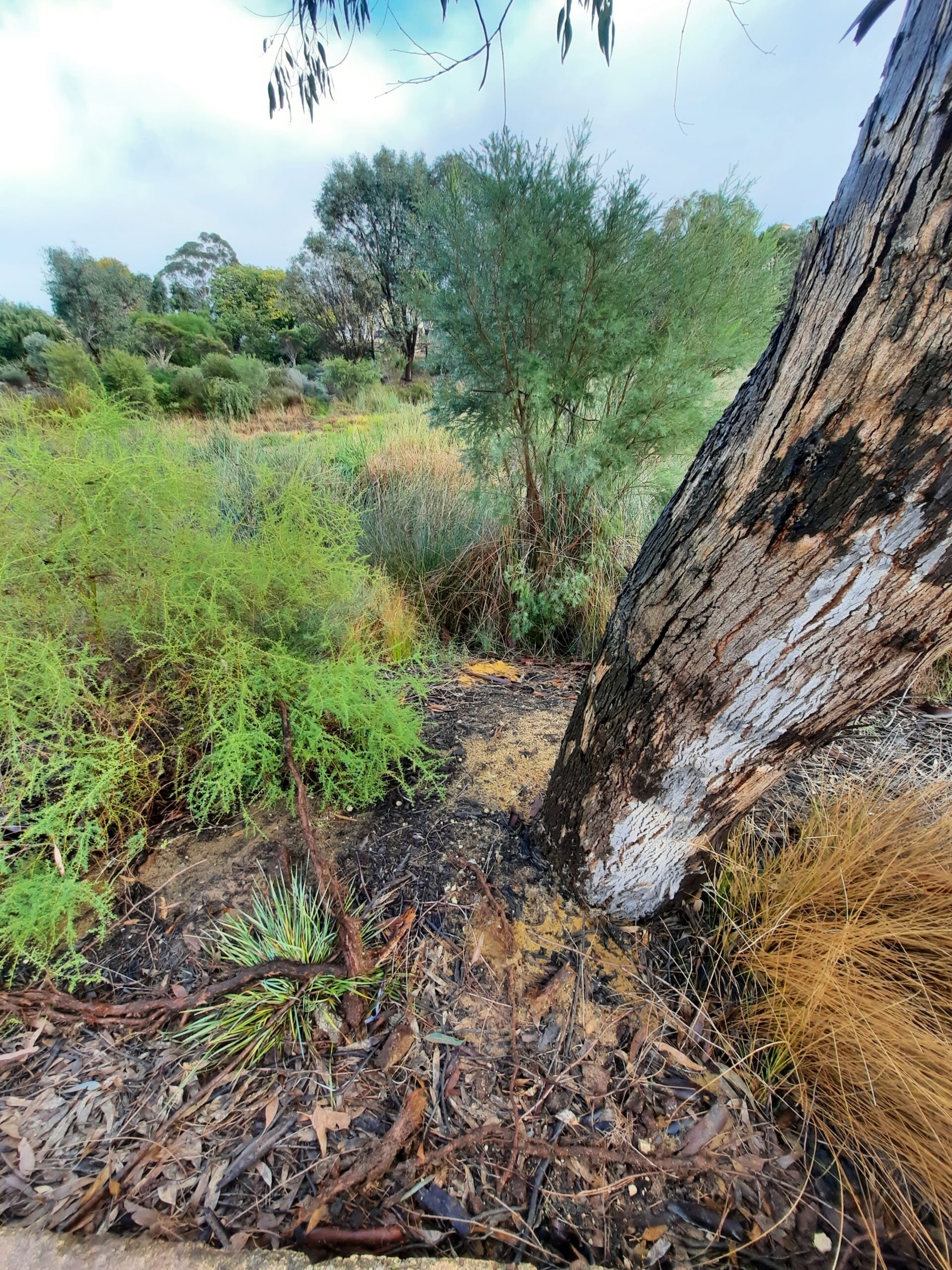As part of the Swan Canning River Recovery Stage Three, Perth NRM is working on a strategic project to trial sediment control measures at a development site.
In November 2020, Perth NRM allocated $30,000 to trial a variety of sediment control measures on building sites, partnering with the City of South Perth to protect the Cygnia Cove Wetland and the Canning River. This Strategic Project is a part of the Swan Canning River Recovery Stage Three, funded by the Australian Government’s Environment Restoration Fund.
A plan for this 3-year project has been drafted, a coordinator appointed, site visits undertaken and monitoring points established.
Lot holders and builders have been invited to participate in the study and residents have been informed of the field trial, and what they can do to help.
Cost-effective sediment controls that may be useful in the trial have been identified and discussed with the City of South Perth’s operational staff and the first test has been successfully undertaken; the placement of silt sausages around a drain to capture sediment runoff from lots and the road during a storm event in May.
Why do we do it?

Erosion and Sediment Control (ESC) measures such as these silt control ‘sausages’ are an easy way to protect our waterways.
Recent studies in Perth show that 17 tonnes of builders sand and other construction related sediment can escape into stormwater drains, rivers and waterways for every hectare of building development, especially after significant weather events.
Builders sand and other materials escaping development and construction sites can cause significant damage to the environment when it enters the stormwater system.
In addition to creating blockages which can lead to localised flooding in the system, the combined materials become sediment that causes further damage once they reach our waterways, smothering bottom-dwelling plants and animals and accumulating in deep, permanent pools of rivers, destroying critical habitat.
Free floating sediment can clog the gills of fish, and reduce the available light required for photosynthesis in aquatic plants, causing ecosystem collapse. Sediment can also contain high levels of introduced nutrients, promoting toxic algal blooms and pollutants in our waterways.
Too much sediment in the wrong spot can lead to an increase in mosquito and midge populations and can negatively impact on our enjoyment of spending time in or near our rivers (boating, kayaking, bird watching, walking).
Taking basic sediment control measures on site can reduce the amount of materials entering the environment by up to 90%, making environmental management a simpler and more cost-effective task, while protecting the environmental, social and cultural values of our waterways.
Perth NRM would like to thank the City of South Perth, the Department of Biodiversity, Conservation and Attractions and Richard Noble & Company for their support of this activity.
The Swan Canning River Recovery Stage Three (SCRR3) is supported by Perth NRM, through funding from the Australian Government’s Environment Restoration Fund.
Partners
We acknowledge and appreciate the support of all our partners, supporters, funding bodies and sponsors.


